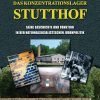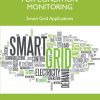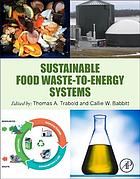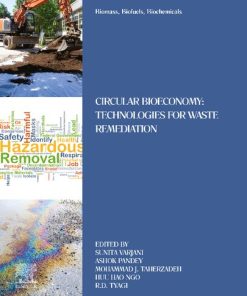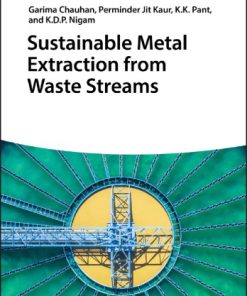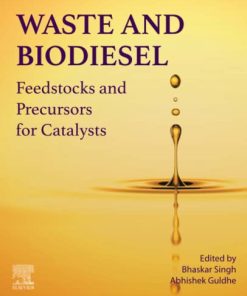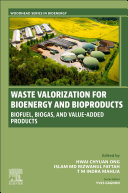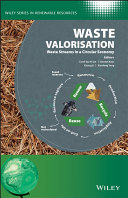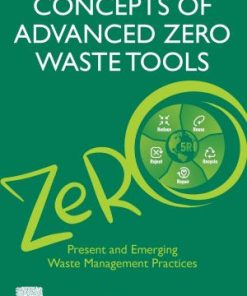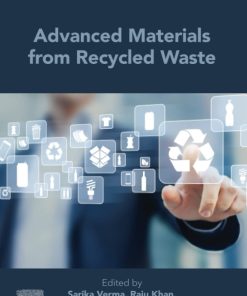Waste Biorefinery: Integrating Biorefineries for Waste Valorisation 1st edition
$50.00 Original price was: $50.00.$25.00Current price is: $25.00.
Waste Biorefinery: Integrating Biorefineries for Waste Valorisation 1st edition- Ebook Instant Download/Delivery ISBN(s): 9780128182284,0128182288,9780128182291, 0128182296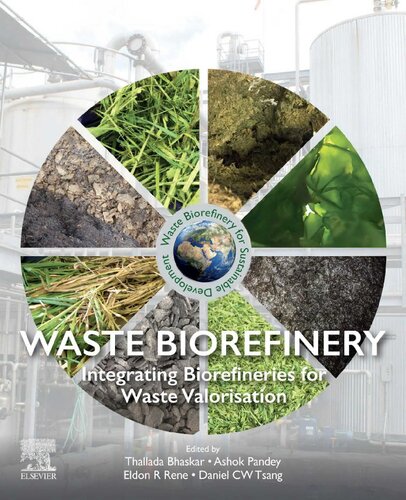
Product details:
- ISBN-10 : 0128182296
- ISBN-13 : 9780128182291
- Author: Thallada Bhaskar, Ashok Pandey, Eldon R. Rene, Daniel C.W. Tsang
Waste Biorefinery: Integrating Biorefineries for Waste Valorisation provides the various options available for several renewable waste streams. The book includes scientific and technical information pertaining to the most advanced and innovative processing technologies used for the conversion of biogenic waste to biofuels, energy products and biochemicals. In addition, the book reports on recent developments and new achievements in the field of biochemical and thermo-chemical methods and the necessities and potential generated by different kinds of biomass in presumably more decentralized biorefineries.
The book presents an assortment of case-studies from developing and developed countries pertaining to the use of sustainable technologies for energy recovery from different waste matrices. Advantages and limitations of different technologies are also discussed by considering the local energy demands, government policies, environmental impacts, and education in bioenergy.
Table contents:
I General
1. Waste carbon resources for waste biorefinery: strategies for sustainable recycling
2. Sustainable development goals (SDGs) and role of waste biorefinery
3. Energy and Environment
4. Advances in Conversion processes for complex feeds/streams – Physical and mechanical – Biochemical – Thermo-chemical
II Integrated Biorefineries/Waste Valorization
5. Food waste biorefinery – Collection systems – Components and composition (e.g., Food, cooking oil, outdated food etc.) – Conversion methods (e.g., Thermochemical and biochemical) – Products that can be obtained (e.g., Ethanol, biogas, biodiesel, biojet, etc) – Utilization of products and limitations
6. Case study: Food waste biorefinery (the following will become independent chapters) 6 a. Japan 6 b. USA 6 c. Germany
7. Case study: Edible crop biorefinery (the following will be independent chapters) 7 a. USA 7 b. Germany, France, Spain, some European country 7 c. Brazil
8. Municipal solid waste biorefinery – Collection, segregaration – Pretreatment – Composition and properties – Conversion methods (eg. Biochemical and thermochemical etc.) – Products and applications (eg. Methane, biogas etc.) – Possibility of integration
9. Case studies for MSW biorefinery (the following may become independent chapters) 9 a. China 9 b. Europe
10. Sewage sludge biorefinery – Composition – Pretreatment methods – Feedstock properties and requirement as per process – Anaerobic digestion – Aerobic digestion – Energy recovery – Waste water issues (eg. Treatment and reuse) – Sludge disposal
11. Case study of sewage sludge biorefinery (the following will become independent chapters) 11.a USA 11b. Europe 11c. Japan
12. Pulp and Paper biorefinery – Paper production and its feedstocks – Paper production waste streams utilization – Waste streams – lignin etc., – Various lignin streams – process by which they are obtained its physic chemical characteristics – Products (eg. Heat, electricity, fuels, chemicals, others etc.,) – Cost economics
13. Aquatic biorefinery : Azolla, water hyacinth – Availability – Feed properties – Biochemical – Thermochemical – Hybrid processes
III Associated studies
14. Biorefinery emissions (e.g., Greenhouse gases, LUC, ILUC, LCS, etc.)
15. Techno-economic studies
16. Life-Cycle Analysis: Present status and challenges
17. Footprints (e.g., Carbon and water, etc.)
18. Balances (e.g., Energy and exergy, etc)
19. Supply chain optimization
People also search:
e coli bioremediation
can sewage sludge be used as fertilizer
which microbe is used to decompose sludge into biogas
what is a sludge digester
function of anaerobic sludge digester
You may also like…
Biology and other natural sciences - Biotechnology
Science (General)
Engineering - Environmental
Waste Valorization for Bioenergy and Bioproducts 1st Edition Hwai Chyuan Ong
Engineering - Environmental
Waste Valorisation: Waste Streams in a Circular Economy Carol Sze Ki Lin
Technique - Materials


